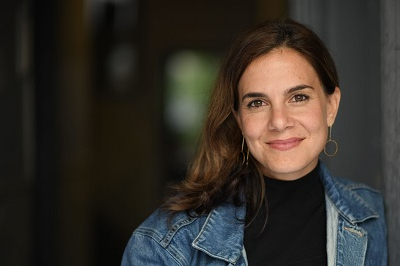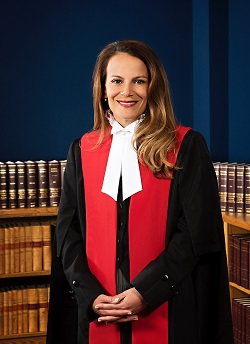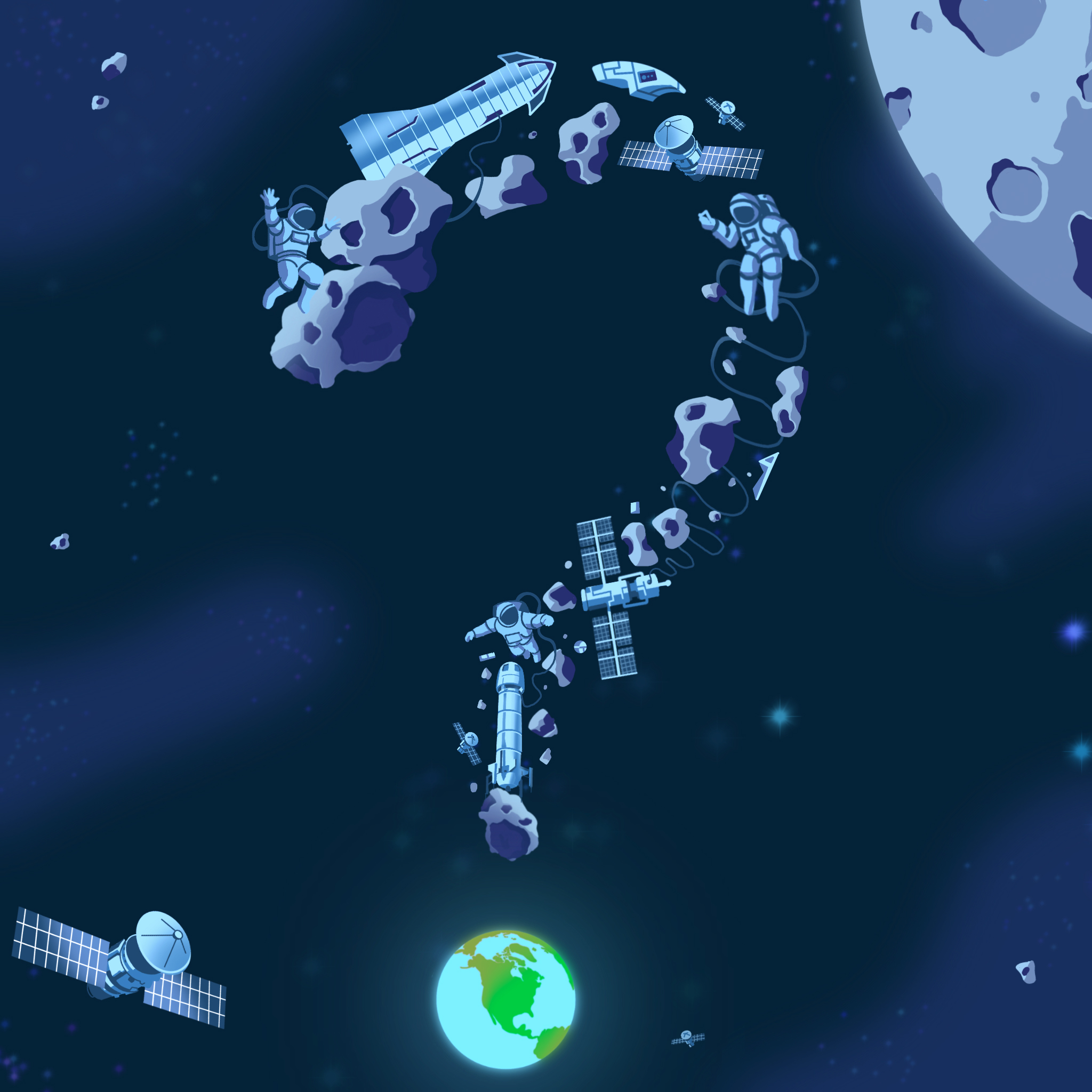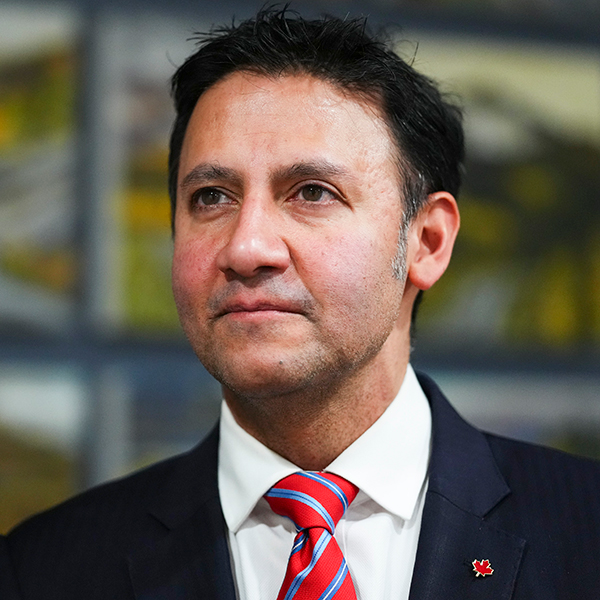Erika Sasson, BCL/LLB’06, was standing in a New York City courtroom when something extraordinary happened: the mother of the defendant walked over to the victim’s husband and gave him a hug. It was an unusual scene, but Sasson wasn’t surprised. The defendant, his mother and the victim’s husband had just gone through a long and heart-wrenching process of restorative justice.
“It’s hard to express how beautiful the process was,” says Sasson. “The truth-telling, the reckoning, the accountability – it’s something you don’t get to see in court.”
The defendant had shot a gun and accidentally killed the victim, a bystander, and was charged with murder. He pleaded guilty but also agreed to cooperate with Sasson in an effort to understand the pain and damage he had caused. It’s a process that is meant to help heal the wounds caused by crime by bringing together people who are harmed and those who take responsibility for the harm. In doing so, advocates of restorative justice say it can lead to greater accountability for crimes and less recidivism in communities plagued by cycles of violence.
Sasson, an independent consultant who specializes in restorative justice processes, was recently awarded the David Prize, a celebration of New Yorkers with “ideas for extraordinary change,” which comes with a US$200,000, no-strings-attached grant to put those ideas into action. She is not alone in her pursuit of restorative justice. More than 3,200 kilometres away, in Edmonton, Justice Anna Loparco, BCL/LLB‘02, MBA’03, is pushing for the same ideals from her seat on the Court of King’s Bench.
Both credit their time studying at McGill with opening their horizons to different ways of thinking about the law. And while they took divergent paths after graduation, they ended up at a similar point: thinking about how the adversarial nature of the justice system can sometimes do more harm than good when it comes to the impact of crime on individuals and communities alike.
‘I just saw the transformative effects’
Loparco was born in Edmonton to working-class parents who had recently immigrated from Italy. “My parents were illiterate, and my sister was deaf,” she says. From a young age, she was tasked with helping her family navigate the world, from interpreting the mail to learning how to file taxes. It was early exposure to how not everyone enjoys equal access to institutions and systems that are meant to serve all of society.
“If we ever had a legal problem, I can’t imagine how that would have been resolved in the courts, to be honest,” she says.

That may have been what inspired her to study law. “I have always been interested in law, but at first I thought it would be business law, corporate law,” she says. After graduating with a Bachelor of Commerce from the University of Alberta in 1995, Loparco began working for Canadian National Railway, which took her to the company’s headquarters in Montreal. That led her to apply to McGill, and after earning a law degree and an MBA, she began working for a series of large corporate firms, which eventually took her back home to Edmonton.
Her legal practice included “a bit of everything” except criminal law. But in her spare time, Loparco volunteered for a number of organizations that aimed to bridge gaps in the legal system for marginalized people. That’s what led her to the concept of restorative justice, forms of which have been practised for generations in communities around North America, particularly Indigenous communities.
“I became very involved in the community in trying to resolve disputes in alternative ways, and I just saw the transformative effects,” she says. She became chair of the Mediation and Restorative Justice Centre in Edmonton.
“At one point, we lost our funding and I remember working my tail off writing grant applications. We almost folded. I vowed that if I was ever appointed to the bench, I would make restorative justice part of a court program.”
That’s exactly what happened. Soon after she was appointed as a judge in 2020, Loparco met Beverly Browne, who had served as the first chief justice of Nunavut and had long been a champion for Indigenous access to justice.
Browne wanted to set up a committee to explore how restorative justice could be integrated into Alberta’s court system and asked Loparco to serve as co-chair. “Our committee was huge, but it involved a ton of consultation and research,” she says.
Three years later, “There have been hundreds of cases that have been referred,” says Loparco. In practice, restorative justice means juveniles and some people charged with non-violent crimes can be diverted away from the court system, sparing them jail time. In more serious cases, it doesn’t replace prison, but it can influence a judge’s sentencing recommendation.
Most importantly, it’s a process that puts an emphasis on healing instead of punishment.
“It allows for a dialogue,” says Loparco. “The purpose is not always reconciliation, but it allows for people to understand the root cause of the event of the crime, and it allows people to recognise the humanity in everyone. That’s compared to the adversarial process where what we do is separate people, which causes a lot of destructive human emotion, anger, and ultimately little closure. I know after a sentencing people walk out of a courtroom and they don’t meet much closure because they don’t know why it happened.”
‘It’s actually harder on the offender’

Sasson had the same experience as a federal prosecutor in Toronto, her first job after graduating from McGill.
“It was a really blunt intervention: you can either go to jail or you can not go to jail,” she says. She began thinking about the Indigenous forms of justice she had encountered while on exchange in Ecuador during her time at McGill, which eventually led her to study Indigenous peacemaking techniques during a Master of Law degree at New York University.
“There’s a fiction in the court system where this one person did this one thing,” says Sasson. “We’re always looking for the mens rea, the intent, which is important, but there’s always a context to it. When a person causes harm, they don’t do it in a vacuum.”
Sasson began working for New York’s Center for Court Innovation, where she got a grant to launch a peacemaking program in Brooklyn’s Red Hook neighbourhood. “I travelled to many different native jurisdictions to study and learn,” she says. “Then we had a round table of many First Nations teachers and practitioners, when we talked about what it would mean to bring this into the Brooklyn state court setting.”
Loparco and Sasson echo each other when they talk about the effect restorative justice can have on people affected by crime. They have both fought against a perception that restorative justice lets offenders off the hook. “It’s actually harder on the offender because they have to have an emotional connection with the victims and explain themselves,” says Loparco. “If what we do is separate them, we’re not allowing them to deal with the human aspect, the emotions and turmoil of the crime.”
That emotional connection is exactly what Sasson had witnessed in that New York City courtroom. The defendant was given a lighter sentence than if he hadn’t taken part in the restorative justice process, but Sasson says this was almost beside the point.
“When we left the courtroom that day there was this huge relief for the person whose spouse had been killed,” she says. “People feel lighter after this process. They’ve put down a heavy burden and found a new way to use their energy, which had been tied up in thinking about the harm. Now they have new space to think about their future.”


